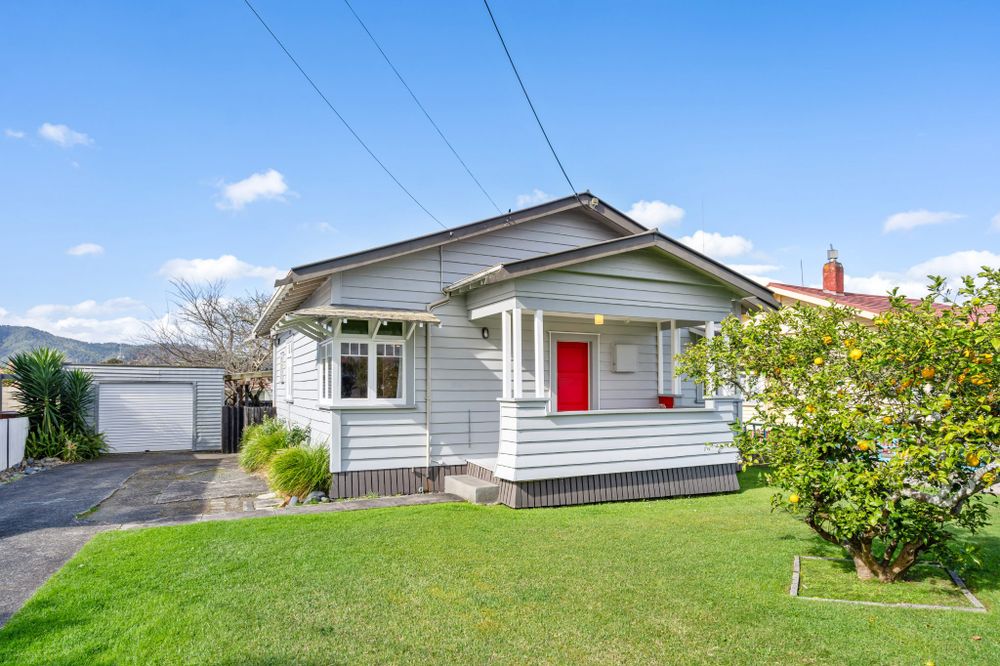Bungalows
History: From about 1910, the villa style gradually gave way to the bungalow, influenced by international architectural trends. Although the term ‘bungalow’ is derived from the Hindustani word ‘bangla,’ the exact origins of the New Zealand bungalow are debated. Some believe New Zealand’s bungalow-style housing was inspired by bungalows from the west coast of the United States, themselves influenced by Japanese architecture. By 1918, kitset ‘Californian’ bungalows were imported from North America and Canada. Others argue that the New Zealand bungalow style followed similar developments in Britain and Australia. Regardless, the bungalow became popular through standardised plan books and architects who adapted the style to New Zealand’s context.

Typical Features: Bungalows evolved through transitional phases from villas. Early transitional villas retained the villa plan but incorporated features like pyramid roofs, lower pitch, exposed rafter eaves, wider eaves, and reduced veranda decoration. Later transitional villas had more informal layouts and sometimes two separate verandas, creating an early indoor-outdoor flow. By the 1920s, the bungalow had fully evolved, featuring large projecting verandas, extended barge boards, and lower roof pitches.
Locations: Bungalows are found throughout New Zealand and have largely survived in their original form, though some have undergone modifications such as enclosed front balconies or side and rear extensions. Many bungalows are in need of upgrading to improve energy efficiency and to meet modern living standards.
Modifications: While many bungalows have been maintained or restored, numerous others still require upgrades. Common modifications include improving insulation, modernizing kitchens and bathrooms, and enhancing indoor-outdoor flow. It is important to preserve the unique architectural features of bungalows during renovations to retain their distinctive character.
Current State: Bungalows remain popular for their charm and historical value. Renovations often focus on improving functionality and energy efficiency while preserving the home’s character. With careful upgrades, bungalows can meet 21st-century standards without losing their unique appeal.
